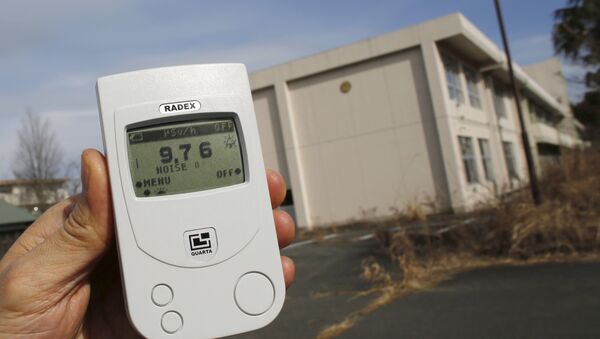On one hand, nuclear energy produces much less greenhouse gases than fossil fuels. On the other hand, nuclear plants require costly radioactive fuel production and waste management technologies, as well as expose the earth to disastrous contamination events.
On March 11, 2011, a 13-meter-tall Tsunami wave engulfed the Fukushima I nuclear power plant, flooding emergency generators and causing heavy damage to other equipment. In the ensuing aftermath, several of the reactors lost coolant, resulting in three nuclear meltdowns and the release of radioactive material across the Japanese countryside and into the Pacific Ocean. Thus almost 25 years after the Chernobyl power plant disaster, the world again faced the consequences of a second “Level 7” contamination event in its history.
Alexey Yablokov served as environmental adviser to President Yeltsin and Gorbachev administration. Here’s what he said about similarities between the human consequences of Chernobyl and Fukushima at a 2013 symposium organized by the Helen Caldicott Foundation.
«Like after Chernobyl, we [have] seen here a jump, unusual and statistically detectable jump in infant mortality for all Japanese population, not only in Fukushima, but in all of Japan. If you study the vicinity of Fukushima, it will be more visible, absolutely.»
Even though more than two decades have passed between the two disasters, heated debates on how safe nuclear energy is in general and whether humanity should turn to less dangerous forms of energy once again dominate discussion.
Thom Hartmann – one America’s most influential media personalities, says that it takes a too much effort to produce fuel for nuclear power plants and to manage the hazardous waste, and the world will be better off with using just alternative power sources.
«We can power the world at scale right now with solar and wind. Just those two technologies alone are more than enough, we don’t need nuclear power.»
Others, like Bruno Comby who is the President of NGO “Environmentalists for Nuclear Energy” and the author of several books promoting the benefits of nuclear power, argue that wind and solar power plants will fail to do the job.
Here’s what Comby said in his speech at the 2005 Royal Geographical Society gathering posted on Youtube Channel Intelligence Squared:
«To produce as much as one modern nuclear reactor you need to line up [windmills] from Genova in Italy to Barcelona in Spain, three per kilometer, you have to respect a 300 meter space between each of them, and they are 150 meters-wide. This, of course, will not be good for the environment. Solar energy can also help, and it should be developed, especially for hot water production… But solar energy cannot come close to producing the amounts of energy to fuel our modern civilization.»
In 2012 — the year following the Fukushima disaster, the World Nuclear Association reported that nuclear electricity production was at its lowest level since 1999.
However, in 2016 65 new nuclear reactors were under construction, which means that despite heated debates about its future, the atomic energy industry is far from being dead. But as scientists and doctors have yet to explore all of the effects on human health and on the environment of Chernobyl and Fukushima, it’s the next generations that will have the final say on the matter.


